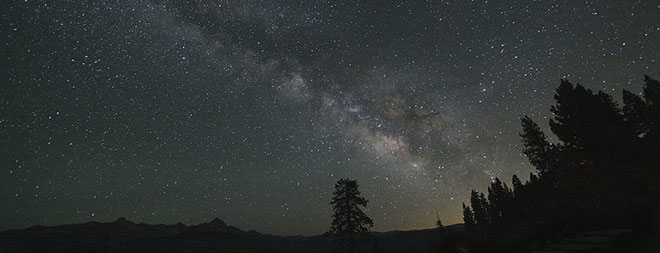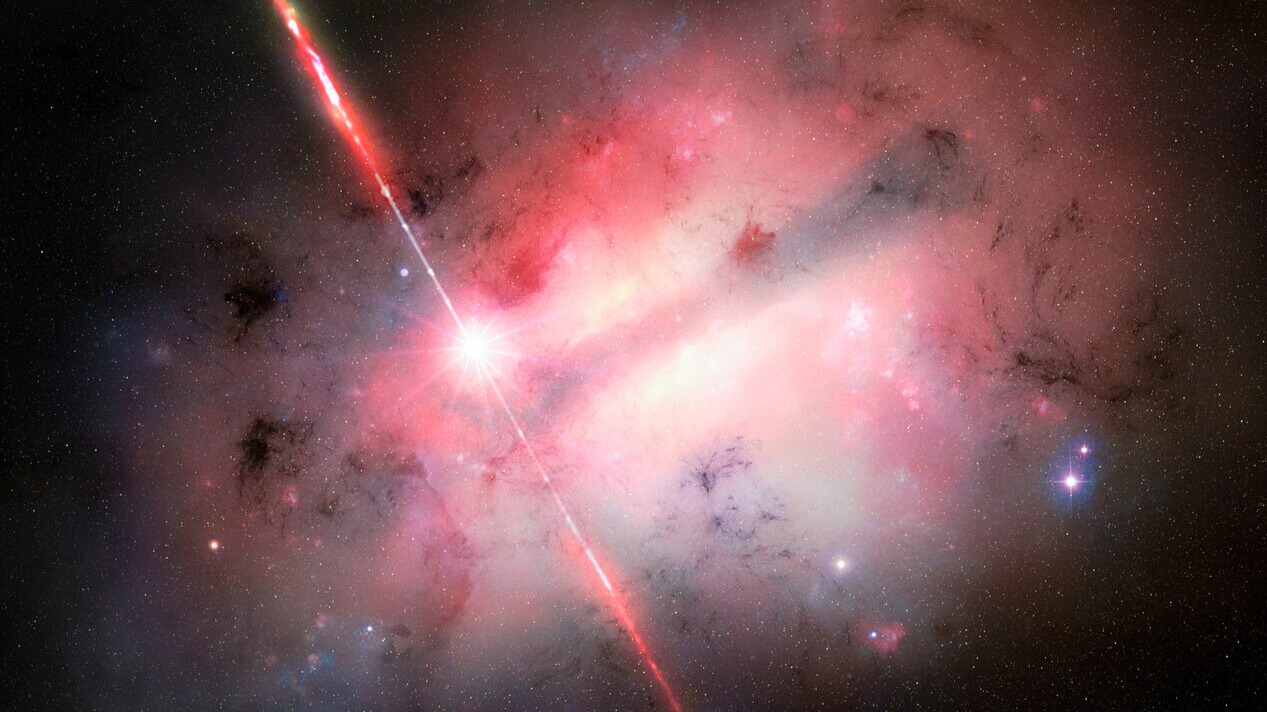'Five Billions Years of Solitude' – the long, dark search for E.T., and for ourselves

There’s nothing quite as simultaneously awe-inspiring and humbling as gazing at the starry sky and coming to terms with your own fleeting role in the cosmos. Science journalist Lee Billings sets the stage for his first book, “Five Billion Years of Solitude,” with this very thought, describing how he, and many of the scientists he interviews, first fell in love with the heavens. But it is a love letter to a place we may never reach. As our telescopes become ever more powerful, Billings writes, the universe appears to be receding before humanity’s outstretched hands, while the pressing problems of life on Earth draw our gaze, and our ambitions, down from the skies.
“Solitude” is a “meditation on humanity’s uncertain legacy,” as the 20th century’s space race and boom years have given way to manmade terrestrial crises that have not only hampered space exploration, but made clear how the only life we know hangs fragilely in the balance. Billings literally brings the stars down to earth, as he connects the dots between geology, biology, astrophysics, engineering, and economics. Fracking, it turns out, has an awful lot to do with searching for E.T. with radio telescopes. Single-pixel measurements of the chemical “color” of alien planets’ atmospheres can tell us a lot about their ability to harbor life, and can also inform us about where our own planet came from – and where it’s going.
Much of the discussion in the book centers on habitability – what makes Earth unique in the solar system and (so far) the galaxy, how planetary conditions have changed, how it will all end billions of years from now (cooked alive by an engorged Sun, followed by darkness and nothingness), and how we can predict the number of other civilizations there might be out there using what is known as the Drake Equation. The equation’s many terms, Billings explains, can be boiled down to just one: L, or a civilization’s longevity. Possible outcomes seem to be one of two extremes: a (cosmically) relatively short-lived civilization that may succumb to self-annihilation, or a civilization that transcends its squabbles, its planet, and itself, harvesting the energy of entire stars as it travels through the universe, near-immortal. It is no accident that Billings here carefully dwells on the orchids raised by Frank Drake, a giant in the search for extraterrestrial intelligence, or SETI. Tended correctly, these flowers can live in perpetuity, yet each individual bloom is short-lived, much like the radio frequency visibility window of our planet, which is now largely closed thanks to the adoption of digital communications and fiber optics.
The radio telescope-based search for extraterrestrials, once fueled by the optimism of Drake and the late Carl Sagan among others, has given way to the current en vogue field of exoplanetology, which seems poised to discover habitable Earth-like worlds any day now. That is, says Billings, if it weren’t for infighting, shifting organizational and funding priorities, and other failings that make us human. The dust jacket description and introduction hype this fraught narrative, which the rest of the book doesn’t quite fully deliver. The cutting-edge climate science, optics, and chemical detection techniques being used by the exoplanet hunters, however, are described in thorough and clear detail.
Billings oscillates between character-driven chapters – the personal histories, egos, and rivalries of prominent scientists – and longer narratives on the geologic history of earth and the cosmos. At times “Solitude” reads like a eulogy for the SETI titans of the 1960s and 1970s, while expressing tentative hope for both the current exoplanet boom, and our collective will to keep searching. Space dreams are continually brought back to their roots in earth science; a fairly large chunk of the book is devoted to fostering an appreciation for the “interactions of air, water, rock and sunlight” that created the thermodynamic sweet spot of Earth.
In “Solitude,” Billings uses deft descriptions and dazzling wordplay, though at times the language can appear dense. One chapter in particular is littered with a few too many acronyms to keep track of: a seemingly endless list of ambitious, bloated, and consequently shuttered projects that suffered from the downturn of the early 2000s. The glories of the Space Age are briefly revisited, and those familiar with SETI history will recognize seminal events in the field – the Green Bank conference, the Arecibo message – but will also note the absence of some of its most well-known figures, like former SETI Institute director Jill Tarter.
The timing of “Solitude’s” October 3 release couldn’t be better. Not only does there appear to be renewed public interest in space, with the success of the Curiosity rover, the confirmation of the Voyager 1 probe’s solar system exit, and the impending launch of the James Webb Space Telescope, but one of the book’s protagonists, MIT astrophysicist Sara Seager, just last week received a MacArthur “genius grant.” Seager is introduced relatively late in the book, and in describing her path from canoeing the barren lands of Canada to the study of the barren cosmos, Billings indulges in a triumphalist crescendo that rounds out the book.
Get the world’s most fascinating discoveries delivered straight to your inbox.
The big question – what’s next, not just in space but here on Earth – is, of necessity, left unanswered, as it is unknown to scientist, author, and reader alike. Rather than rousing spirits and making a grand call for renewed vigor in space exploration, “Solitude” succumbs to a denouement similar to that of the shuttle program it laments. The descriptions of setbacks, ignorance, and death are not gratuitous, though. Billings knows that it is only through meditating on these that we can seize this singular moment in human history and become “momentarily eternal.”
This story was provided by Inside Science News Service. Amanda Alvarez has written about science for the Milwaukee Journal Sentinel, Yale Medicine, and GigaOM. She received her PhD in Vision Science from the University of California, Berkeley, and tweets at @sci3a.


